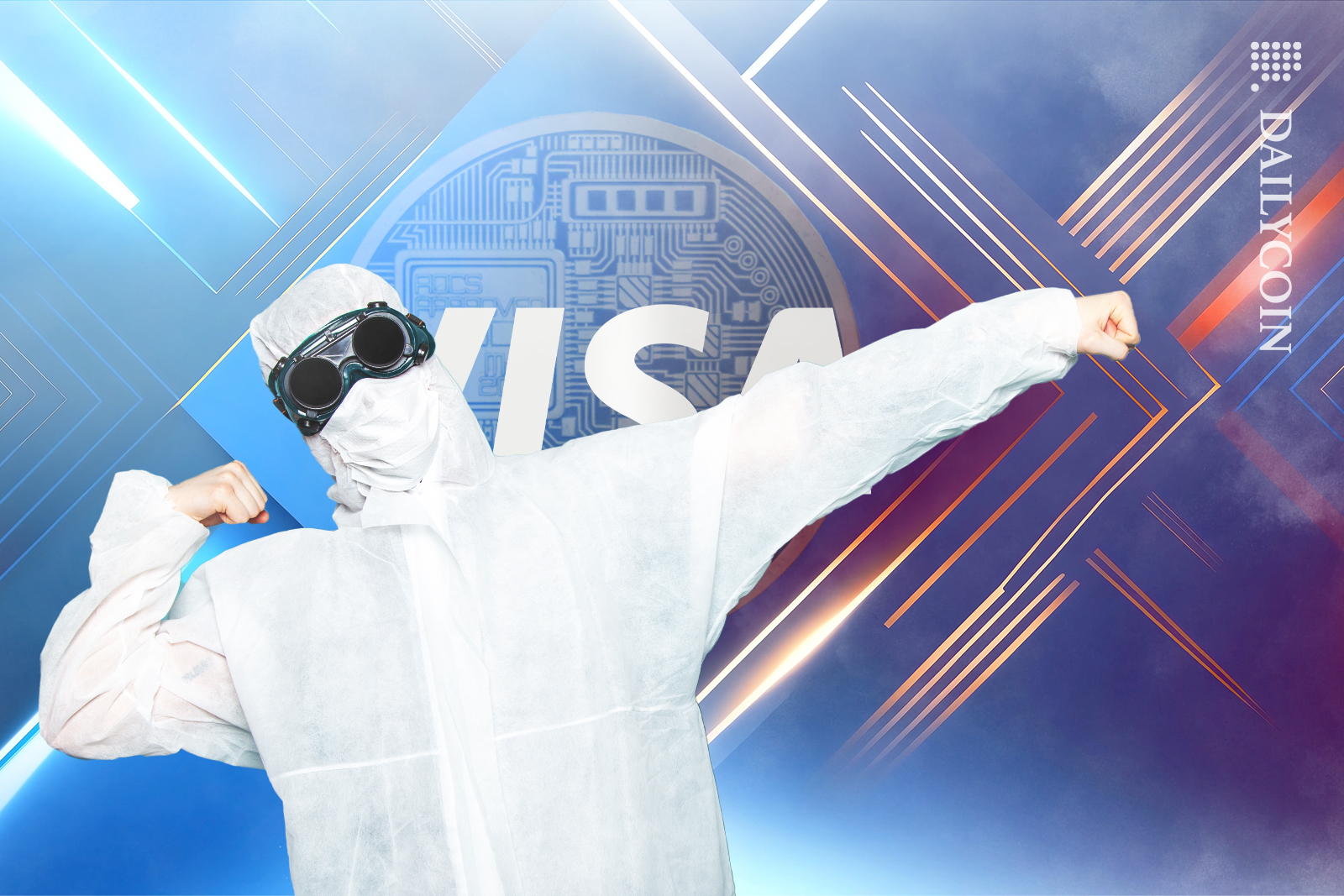
- Visa unveils a solution for directly paying on-chain gas fees via credit cards.
- The experiment was conducted on the Ethereum Goerli testnet.
- The move aims to address challenges faced by cryptocurrency wallet users.
In a world where cryptocurrency is rapidly gaining traction, Visa, the global payments leader, has taken a significant step forward. The company recently tested a solution allowing users to pay on-chain gas fees directly through their credit cards. If widely adopted, this move could revolutionize how we perceive and use digital currencies in our daily transactions.
Visa’s Experiment with Crypto Gas Fees
On Friday, August 11, Visa, the global payments solution provider, tested an experimental solution for crypto payments. Its payments solution lets users pay on-chain gas fees directly using their Visa cards. The experiment was conducted on the Ethereum Goerli testnet, a platform for testing Ethereum-based applications.
Utilizing Ethereum’s ERC-4337 standard and a paymaster contract, this approach promises to simplify blockchain transactions. A paymaster contract is a specialized type of smart contract account that can accept off-chain payments and cover the equivalent amount on-chain on behalf of the user.
Sponsored
The primary motivation behind this initiative was to address challenges faced by cryptocurrency wallet users, especially when paying gas fees. Mustafa Bedawala, a product manager at Visa, highlighted these concerns in a report for the company. Specifically, the feature would eliminate the need for users to hold native blockchain tokens solely for gas fees.
Why Visa’s Gas Fees Payments are Interesting
For many users, especially those new to the space, managing multiple tokens and understanding the intricacies of gas fees can be daunting. By allowing users to pay gas fees without holding native tokens, the process becomes more straightforward and user-friendly.
Moreover, the transaction provides transparency in the maximum fees for users. This can prevent users from paying substantial gas fees when networks are congested.
Sponsored
Enabling people to pay for gas fees with crypto is a step towards making blockchain and cryptocurrency interactions as seamless and straightforward as traditional financial transactions. This, in turn, is key for broader crypto adoption and integration into everyday financial activities.
On the Flipside
- While Visa’s feature is promising, it is still experimental. There is no guarantee that Visa will even launch the product.
- Crypto is currently facing a crackdown by US regulators, which could interfere with Visa’s plans in the space.
Why This Matters
Visa’s endeavor to simplify gas fee payments via credit cards signifies a significant shift in the financial landscape. It could mean easier and more streamlined transactions, reducing the friction often associated with gas fees.
Read more about Coinbase’s plans for instant crypto payments
Coinbase CEO Ambitious Plan for Instant and Free Crypto Payments: Is it Viable?
Read more about a major vulnerability affecting Binance:
Binance Acknowledges Vulnerability in Wallet Protocol: Coinbase, ZenGo Also Affected
